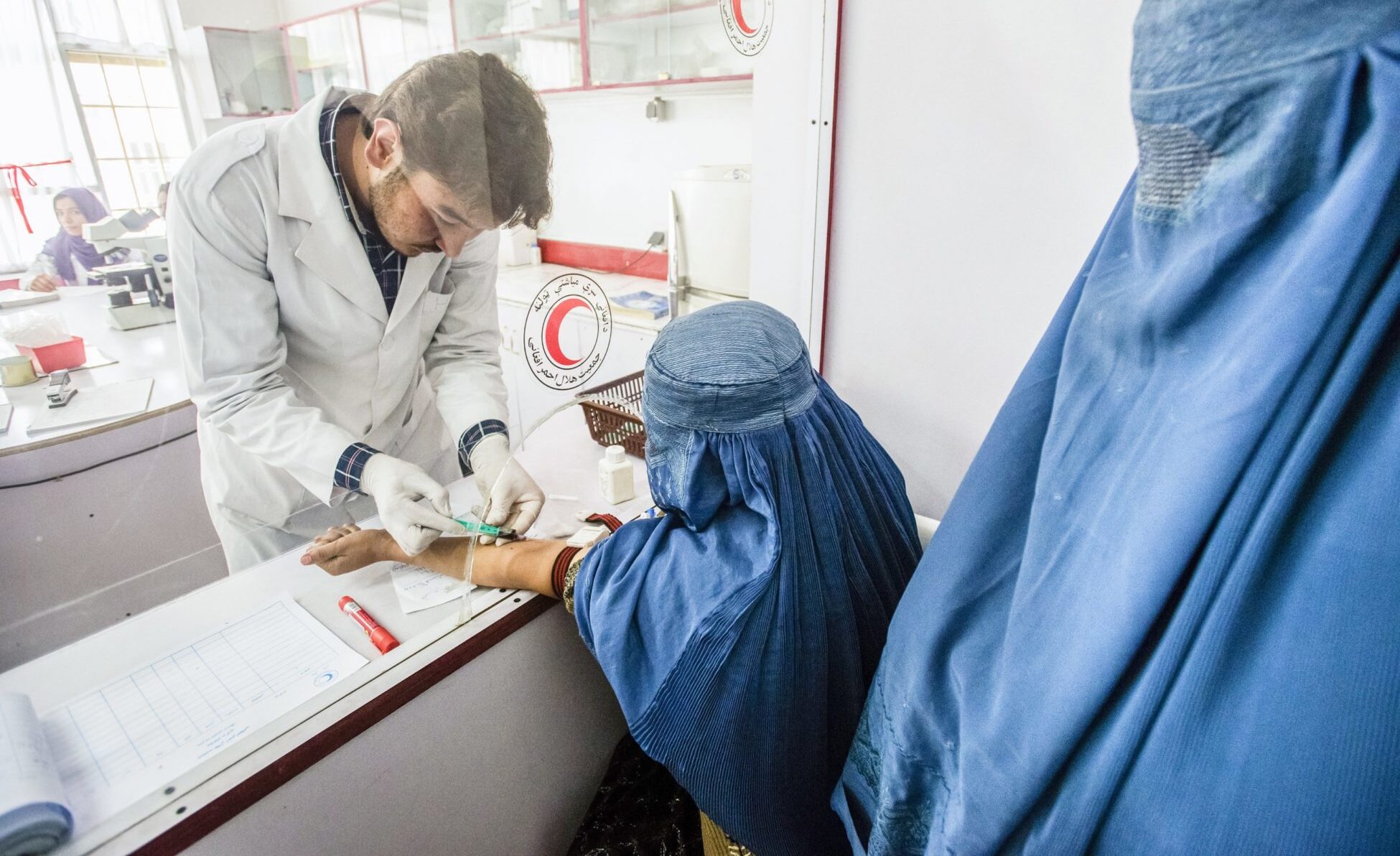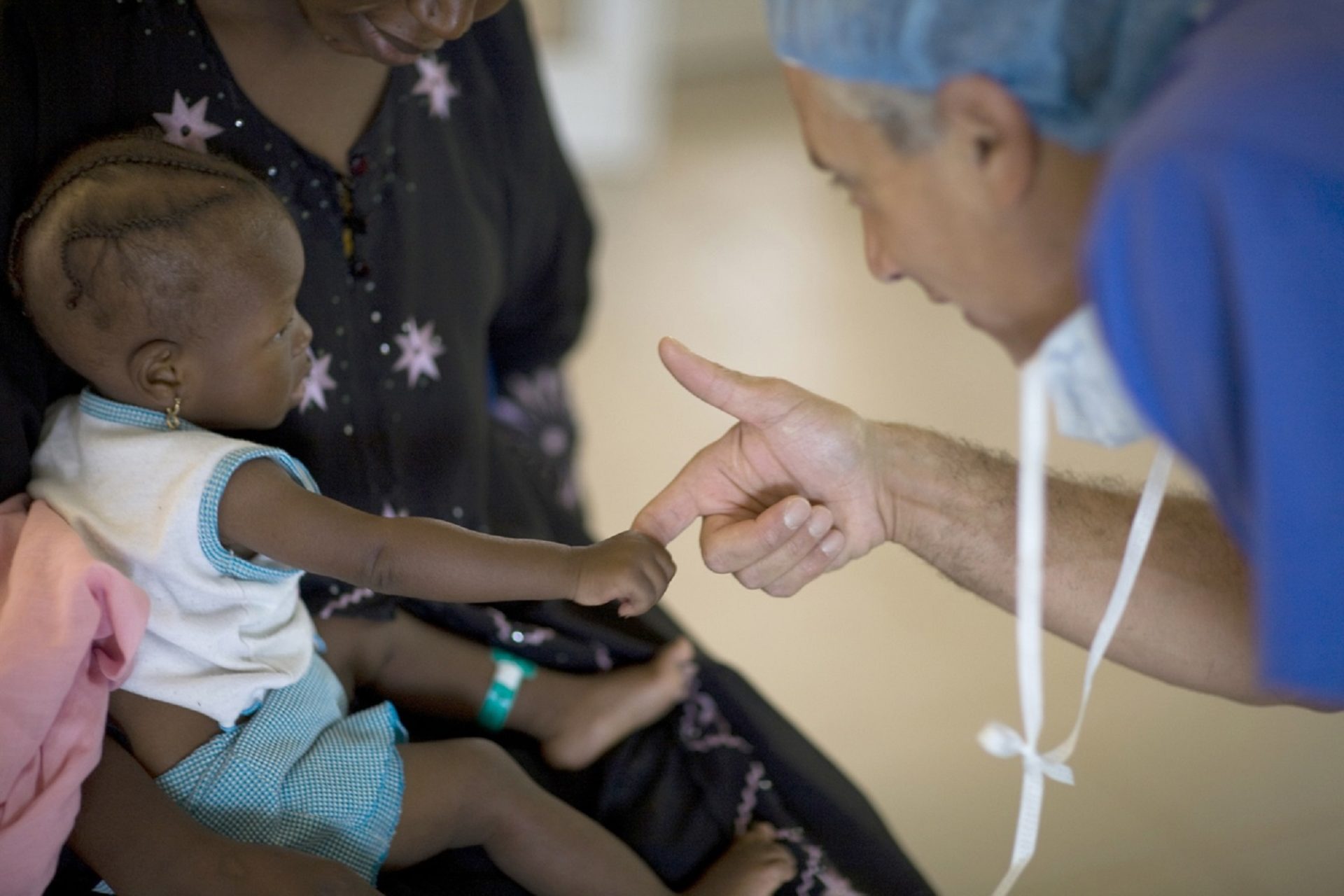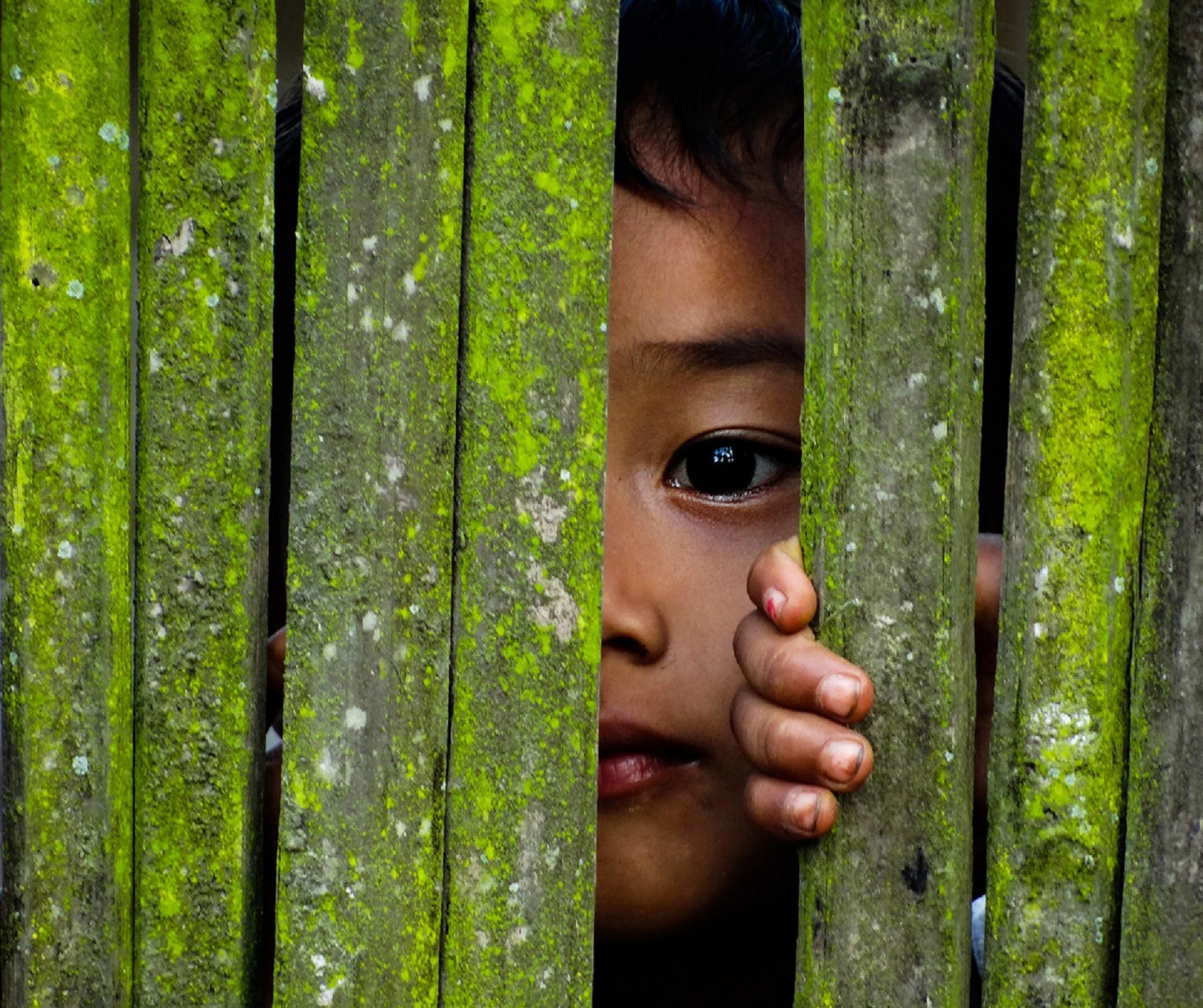U.S. global health is primarily funded through the DoS and USAID, but global health programs are also at HHS, including CDC and NIH. These investments help slow the spread of infectious diseases, address health emergencies, prevent malnutrition, and support initiatives such as the President’s Malaria Initiative (PMI) and President’s Emergency Plan for AIDS Relief (PEPFAR). In addition, investments in maternal and child health; nutrition; family planning; and water, sanitation, and hygiene (WASH) have halved preventable child deaths and reduced maternal mortality. U.S. investments not only save lives but also contribute to improving the economic growth and stability of partner nations.

Why the United States Invests in Global Health
To stop the spread and frequency of disease outbreaks and other global health threats. Through its leadership in global health security activities, the U.S. helps to build the capacity of countries to prevent, detect, and respond to local outbreaks before they become pandemics.
To promote R&D for new technologies and tools. Investments in R&D catalyze research and advance products during every stage – from discovery to market. Past investments have resulted in ARTs, insecticide-treated bed nets, and new vaccines.
Leveraging U.S. dollars. U.S. contributions to “Gavi, the Vaccine Alliance” and the Global Fund to Fight AIDS, Tuberculosis and Malaria leverage additional donor support and are helping to end preventable child deaths and fight infectious diseases. Additionally, both organizations require cofinancing from recipient countries, providing additional resources for prevention and treatment of the world’s biggest disease killers.
To strengthen health systems, in partnership with country governments, to provide quality, essential health services to every community. These investments also help to train and deploy essential frontline health workers who provide preventive and treatment care, medical information, and counseling. Strong health systems also reduce poverty; support economic growth; address evolving disease burdens, such as the rise of non-communicable diseases; and ensure sustainability and self-reliance in public health.

Examples of Current U.S. Government Global Health Programs
USAID’s Maternal and Child Survival Program
This flagship program supports the U.S. goal of ending preventable child and maternal deaths globally. USAID and its partners work in 27 high-priority countries to support high-quality maternal, newborn, and child health programs that integrate nutrition, reproductive health, malaria, WASH, and HIV/AIDS interventions. In 2014, the U.S. government put forward the goal of saving 15 million children’s lives and 600,000 women’s lives by 2020. U.S. progress toward that goal has been reported on annually in USAID’s Acting on the Call report.
USAID’s Family Planning and Reproductive Health Program
USAID serves as the largest bilateral donor for family planning, and has for over 50 years. More than 214 million women who want to avoid or delay pregnancy have an unmet need for family planning. USAID’s programs advance individual’s rights to choose their own family size, protects women and children’s health, improves opportunities for education and economic participation, and reduces poverty. In addition to saving lives, family planning and reproductive health programs are cost effective, saving $6 for every $1 invested.
Global Health Security Programs at USAID and CDC
USAID and CDC support the work of the Global Health Security Agenda, an alliance supported by over 60 countries as well as international organizations and NGO stakeholders. The GHSA has developed and implemented the first-ever set of global metrics for health security and national roadmaps for pandemic preparedness in at-risk countries.
USAID’s Tuberculosis Program
Tuberculosis (TB), an airborne disease, is the biggest killer among infectious disease agents, killing about 4,900 people each day. Since 2000, in the USAID TB Program’s 22 priority countries, the rate of new TB cases has fallen 22%, and the program has achieved a 49% reduction in TB-related deaths. USAID’s new TB business model, the “Global Accelerator to End Tuberculosis,” will catalyze investments across multiple countries and sectors to end the epidemic while building self-reliance.
USAID’s Neglected Tropical Diseases Program
Neglected Tropical Diseases (NTDs) are a group of infectious diseases that cause devastating and debilitating illness for more than a billion people, mostly poor and rural populations. Since 2006, 2.3 billion treatments have been distributed through the USAID NTD program. These investments have led to significant progress: in USAID-supported countries, 253 million people are no longer at risk for lymphatic filariasis, 102.4 million people are no longer at risk for trachoma, and 3 million people are no longer at risk for onchocerciasis.
Key Legislation or Government Policies
PEPFAR Reauthorization (Last Authorized 2018)
Since its inception in 2003, PEPFAR has received strong bipartisan support in Congress and through administrations, and it has been reauthorized twice with significant majorities. Through PEPFAR, the U.S. has supported a world safer and more secure from infectious disease threats, supporting more than 14 million people with lifesaving ART.
